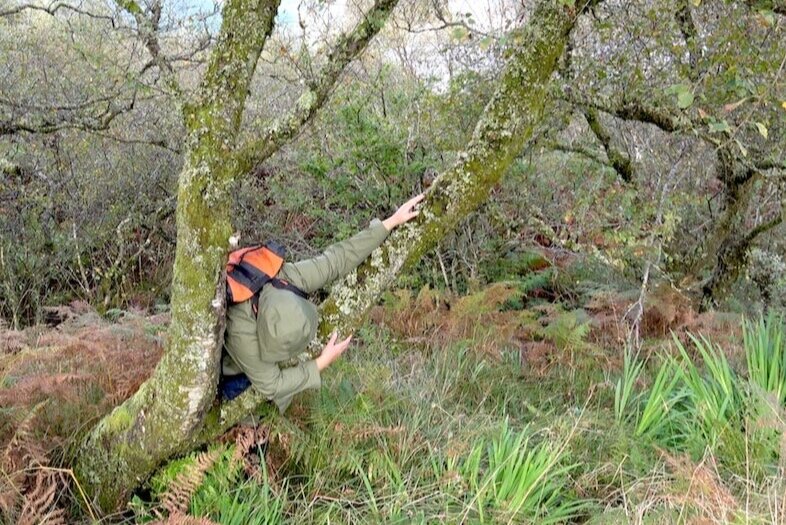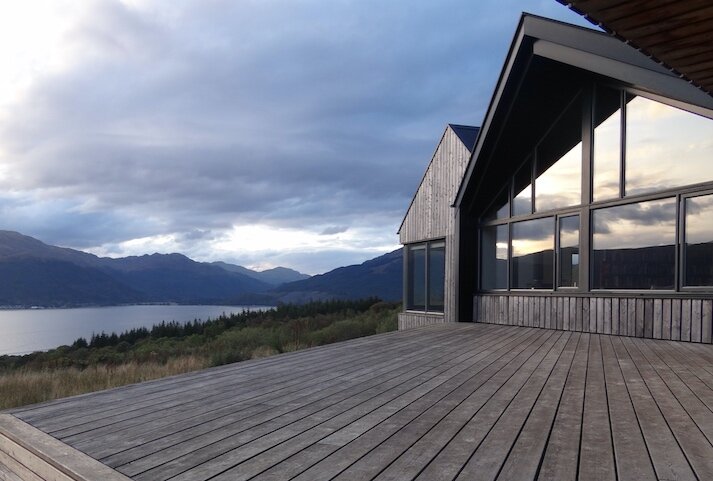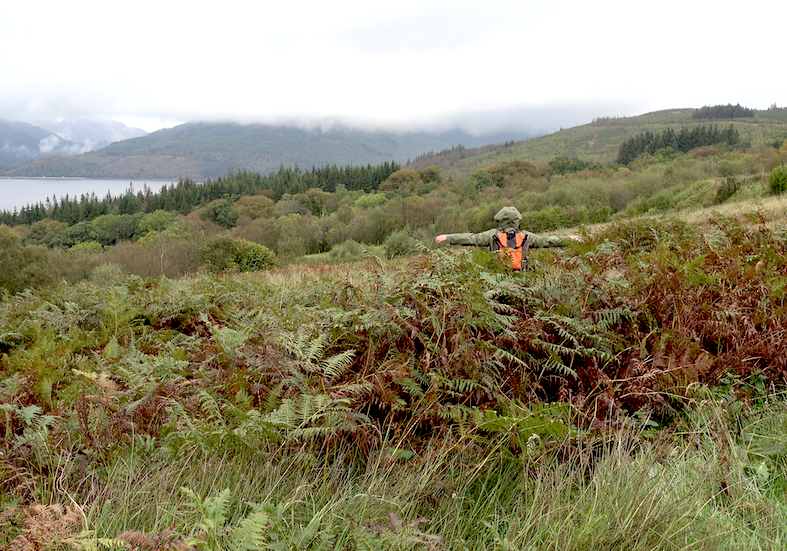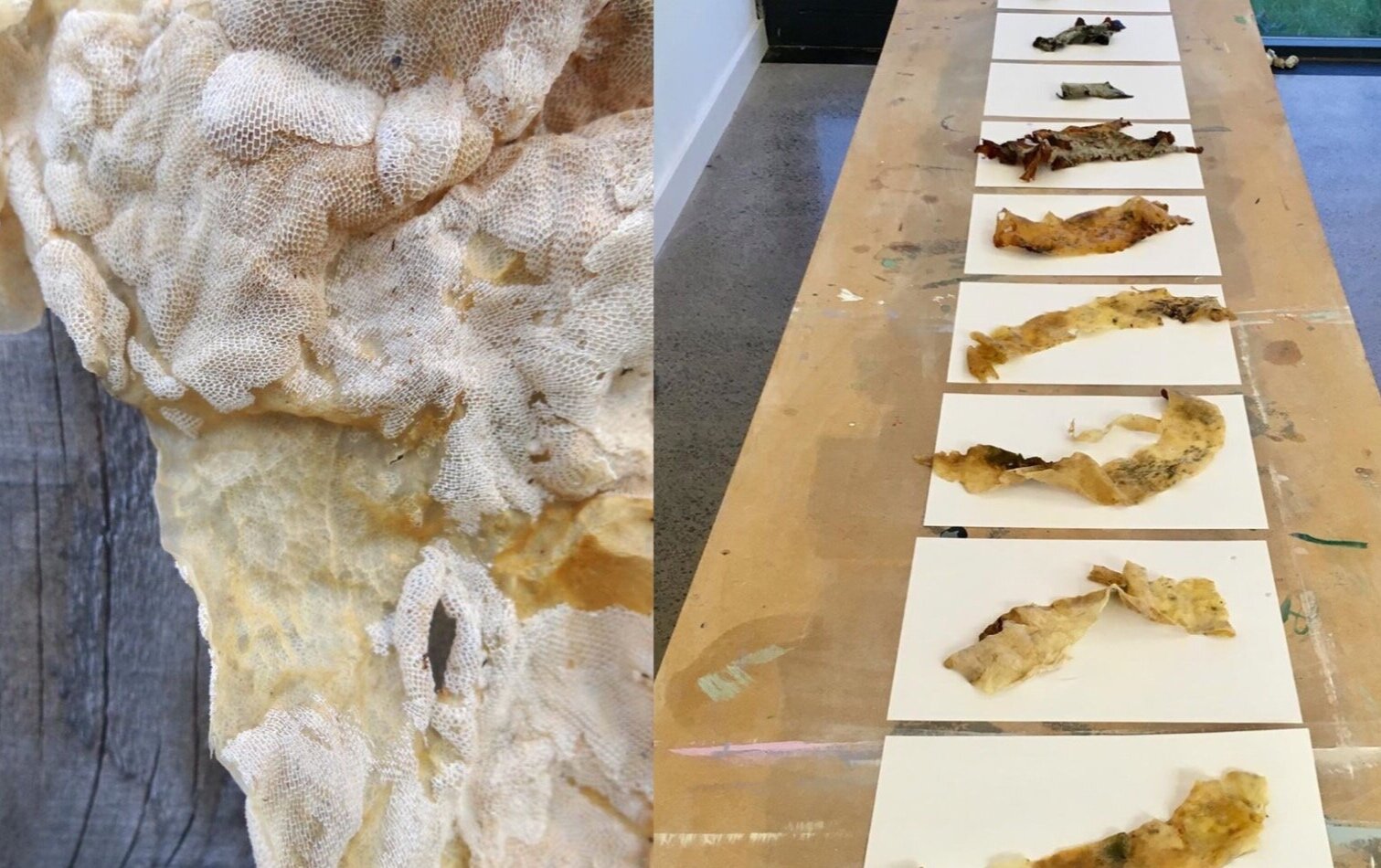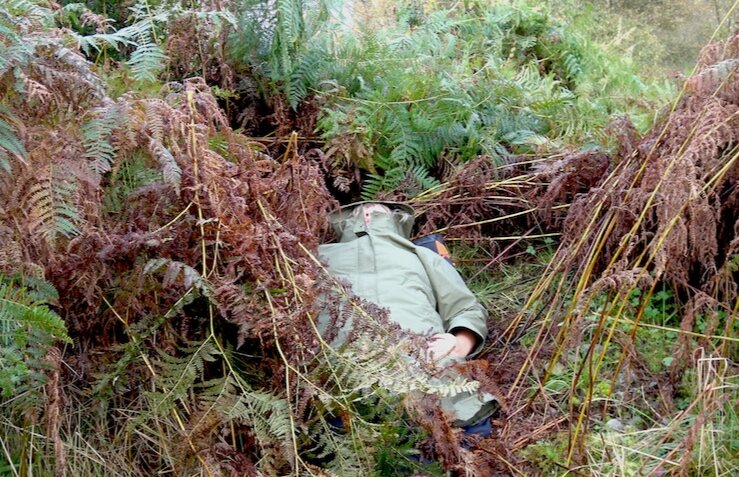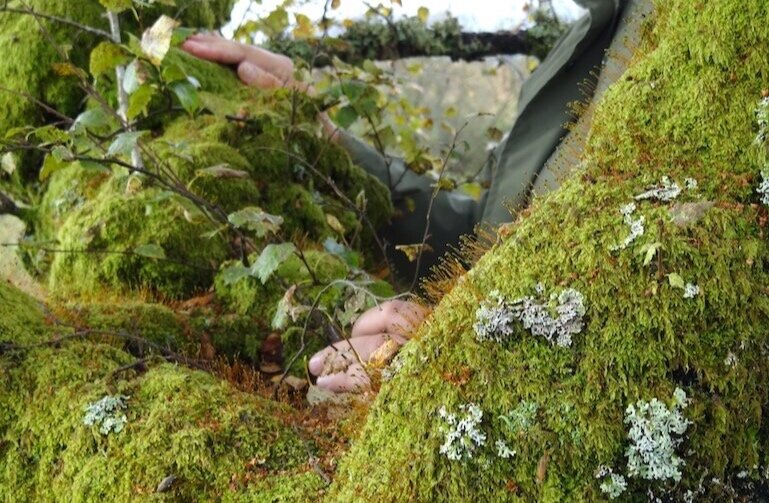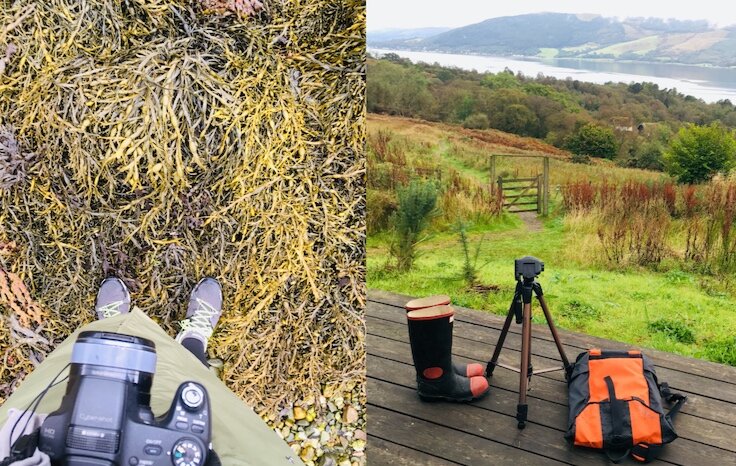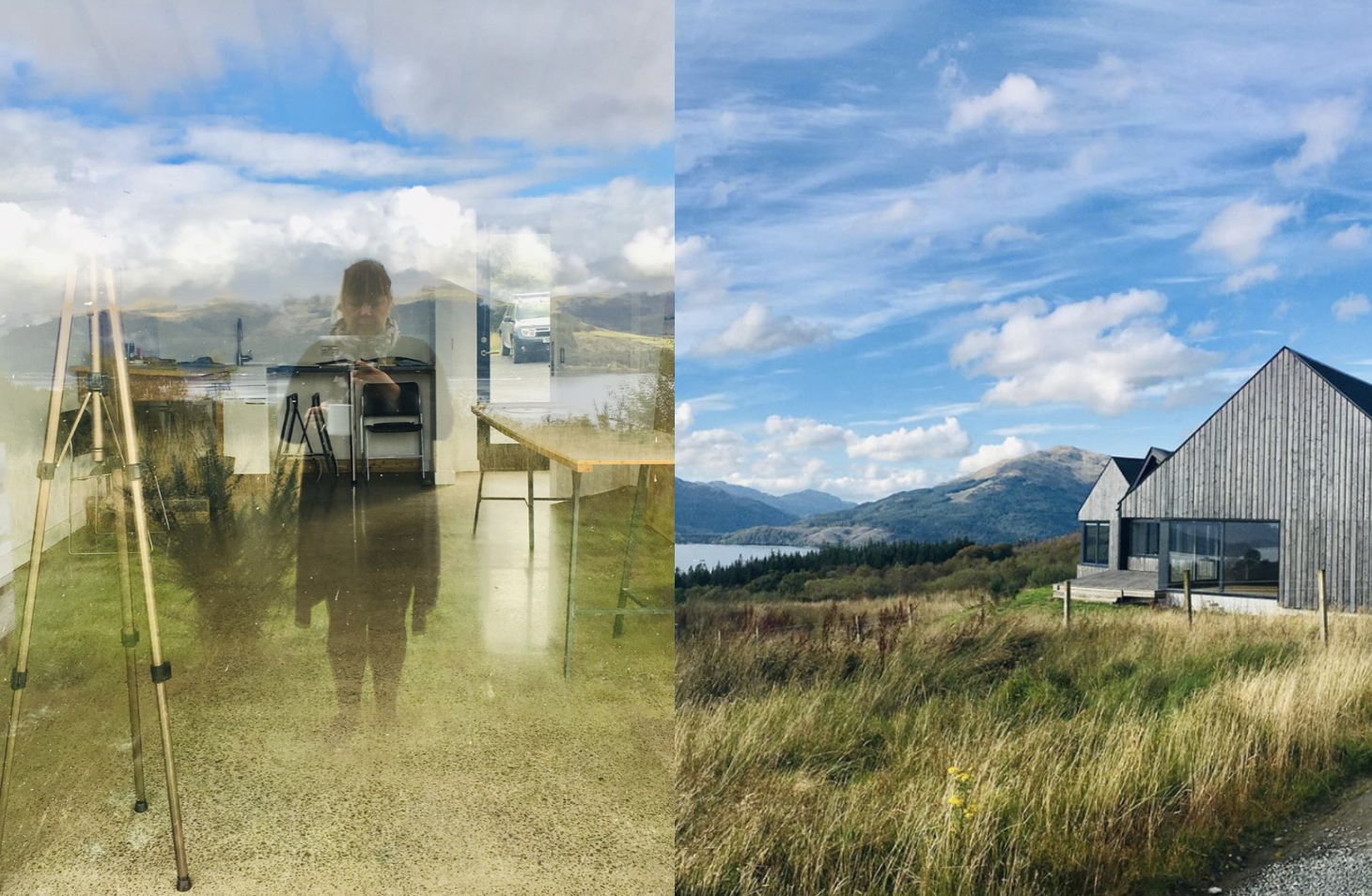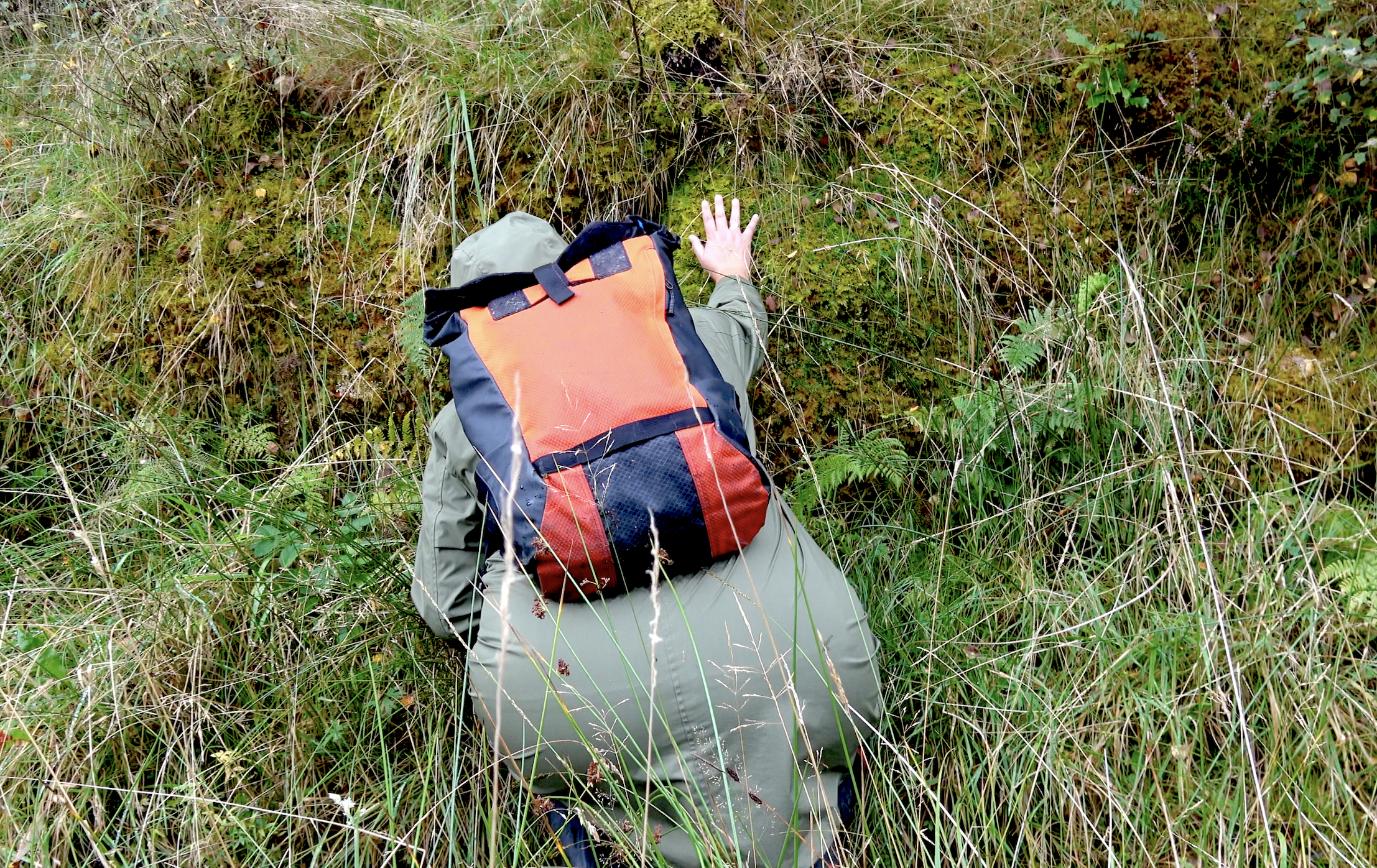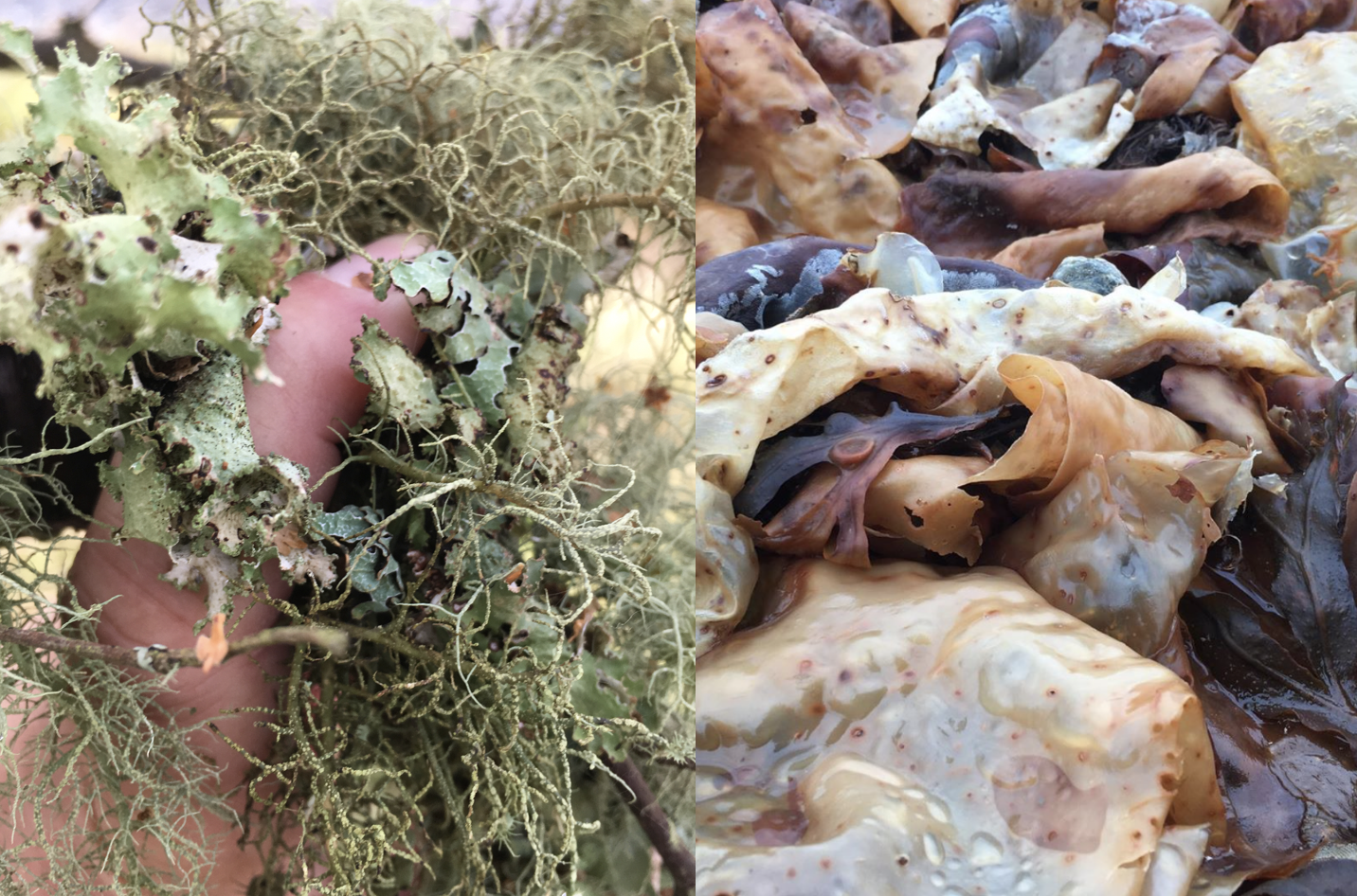Research Project: Designing Resonance
Project Founders: Judith van den Boom
Research Collaboratory: Cove Park Residency, Scotland
During a week residency at Cove Park in Scotland, research and material experiments were conducted around the topic of ‘Conditions for Designing Resonance’, a PhD research project centred around the role of resonance to rethink design processes and methodologies that influence a more grounded and positive relation with our surroundings.
Through fieldwork, Shinjin Roku and modelling, Judith explored soul-centric design methods to form new insights about the conditions of a resonant design practice. By using the relationship as central point, this research is building further on the soul-centric philosophy of Bill Plotkin who speaks about renewal in human soul development. (Plotkin, B. 2007) Plotkin introduces an ecological philosophy for human wholeness, that when examined further within design practice could activate an deeper understanding and bond of design practitioners and their natural, social, spiritual and designed environment.
In contemporary society, Plotkin resumes, we see human maturity simply in terms of hard work and practical responsibilities, yet, he believes the contrary, that maturity is rooted in transpersonal experience and a deep affiliation with nature, as also our own nature. He reveals that mystical affiliation, as a form of stepping beyond intellect, is the very core of maturity, and it is precisely what mainstream Western society has overlooked — or actively suppressed and expelled. (Plotkin, B. 2007).
By studying the practice of design from the point of transpersonal experience, the content, place, time and participants involved in the relationship can be dissected in new ways. The establishing of this relationship could be seen as a form of activism, allowing the aspect of soul, or human psyche, to establish new positive, social parameters in design.
Shinjin Roku could be seen as an alternative and contemporary practice that forges relations, enabling the human mind to connect back to nature, to a sense of place, allowing the senses and (under)consious to wander. Shinjin Roku stimulates a form of mental and physical bathing within nature to allow new sensory connection, stimulating a relationship seeking wholeness and using exploration as a way of allowing a more incorporeal connection.
In the Eastern philosophy Zen Buddism, this search of incorporeal essence or soul-centric is conducted by seeking emptiness, a phrase used to address a simplicity in the nature of the recipient and their surroundings. This can be developed through simplistic activities such as raking or walking to create space for meditation or nourishment. The idea of simplicity in Western contemporary design takes a rationalistic form, but in traditional Eastern design, simplicity has often a different meaning: Emptiness as a form of freedom or relativity to seek new form.
Using the relationship as the form and center of design activism builds on a participatory process between beings and/or places, that when re-interpreted can be developed into a new fundamental thinking about the role of resonance within design methodology and processes.
In what way can this understanding influence new values for the practice of design, enabling forms of social and spiritual practice to support new forms of living, of soul, of finding, drifting, dreaming?

